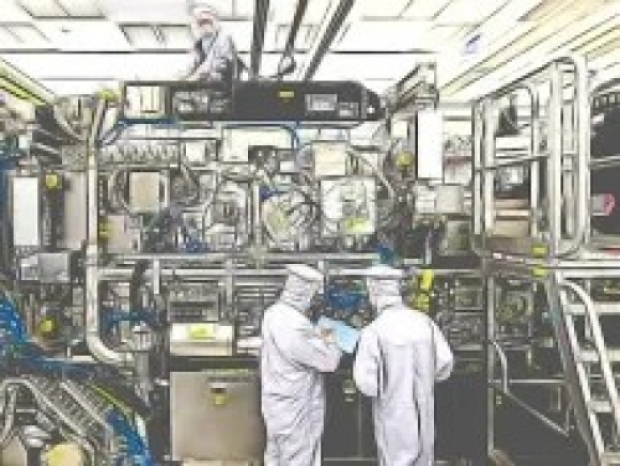The Dutch firm’s lithography tools are essential for everything from AI processors to fridge chips, yet its revenue swings wildly. Each top-end machine sells for €380 million, so a single delay in purchase hits the bottom line badly.
The market had banked on strong growth in chip factory kit. Expectations of a seven per cent rise in spending this year and a doubling in 2026 have given way to flat forecasts. Chip giants like TSMC, Samsung and Intel are cutting back, with Intel slicing $2 billion off its capital expenditure.
Geopolitics is grinding the gears too. US-led bans on ASML’s most advanced kit going to China have already stung. China, once a quarter of the business, briefly surged to half last year thanks to backlog orders. But now the country is throwing its weight behind local alternatives, and that dominance looks less comfortable.
ASML’s chief executive Christophe Fouquet warned that increased US pressure may continue but insisted the chip‑maker “needs a bit of clarity, a bit of stability” as a business
Stephane Houri, head of equity research at ODDO BHF, told CNBC: “All the equipment manufacturers in the space have come down because they are concentrating all the fears around the US restrictions to China”
Despite that, no rival is close. ASML’s supply chain is labyrinthine, with 5,000 contributors, and its tech cuts chipmaking steps dramatically. Buyers may be hesitating, but they’re not walking away.
Bookings still fell €1 billion short last quarter. With tariffs looming, the next two years are shaping up to be anything but smooth.
ASML’s share price has dropped by a third in the past year, even as Nvidia’s rocketed. But for now, if you want to make cutting-edge chips, you still need ASML’s kit.




